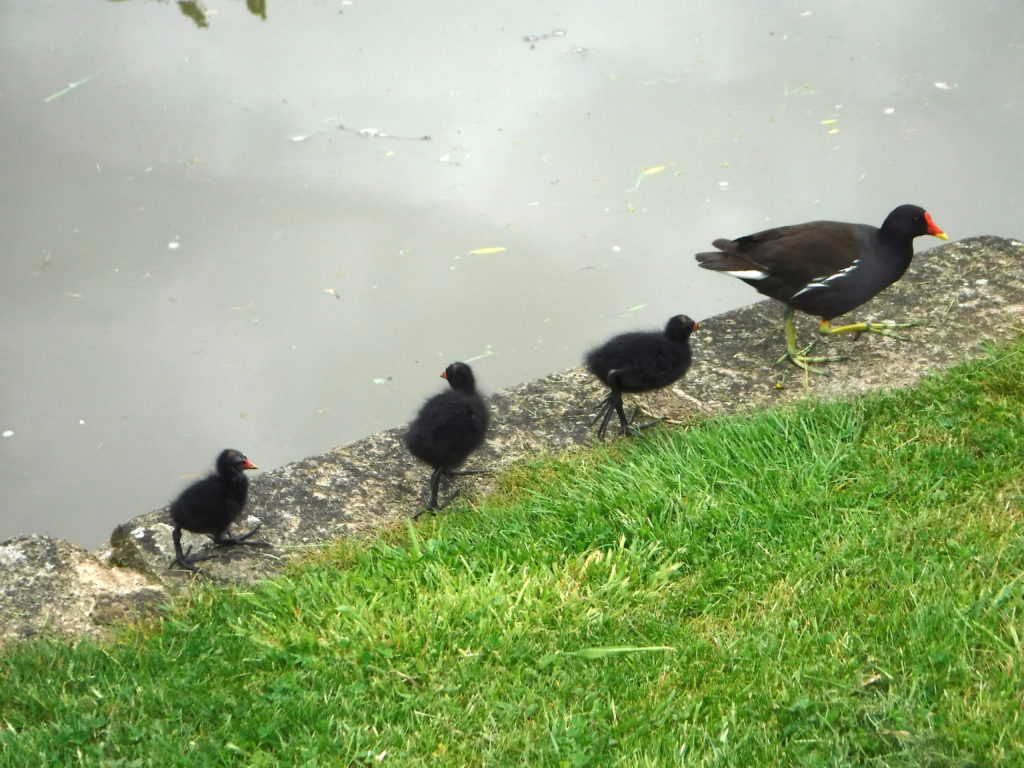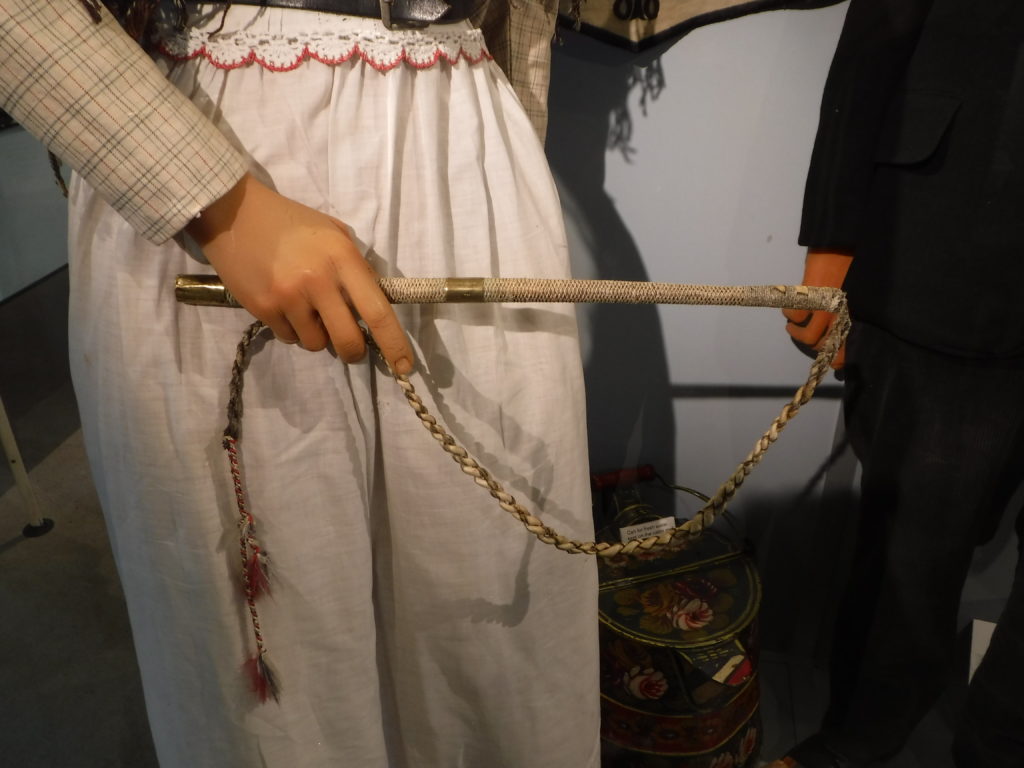Underground, Overground
The canal engineers of the 18th and early 19th Centuries were a determined lot, and they tunneled like obsessive compulsive hobbits. To create Blisworth tunnel they spent three years digging a tunnel through a hilltop by hand. The tunnel collapsed due to quicksand and killed fourteen men. They picked a different route, almost two miles long, for the tunnel and spent another eleven years digging that. That involved digging nineteen shafts straight down and then tunneling across from the bottoms to link them up in a dead straight line.
It’s bloody dark in there. And cold. Oh, and wet. Every so often there is water pouring out of the sides or roof of the tunnel, and if you get underneath, you get soaked. There is no tow path. These days we can cruise through on diesel, but originally boats were poled through like punts, then ‘legged’ – that is, professional leggers would lie on planks sticking out the sides of the boat and walk along the walls of the tunnel. Once through the tunnel they would wait for the next boat coming in the other direction. After the leggers, steam tugs were used, which means a few of the original vertical shafts had to be opened up again to let the fumes out and fresh air in. They also let a little patch of light in, and a lot of water.
Sometimes you meet a boat coming the other way. There is just about enough room for two narrow boats to pass. There are broader boats on the canal, but they have to make an appointment to go through at 8am, or wait till the next day. I was too busy trying not to ram the sides of the tunnel to take pictures, but Paula has a cool video of us scraping past another narrowboat, which I will try and post when we get to an Internet connection with more bandwidth.
Emerging from three quarters of an hour or so in the depths of the underworld, we came to the village of Stoke Bruerne, a delightful tourist trap with picturesque canal-side pubs,

quaint thatched cottages with nameless abominations lurking on the roof,

moorhens auditioning for Make Way for Ducklings,

and a canal museum with a traditional canal whip (used for signaling when approaching blind bends and bridges).

Paula perked up when she heard that the female volunteers who worked on canal boats during WWII got extra rations of tea and sugar.

One thought on “Underground, Overground”
Women are still being pampered now!!